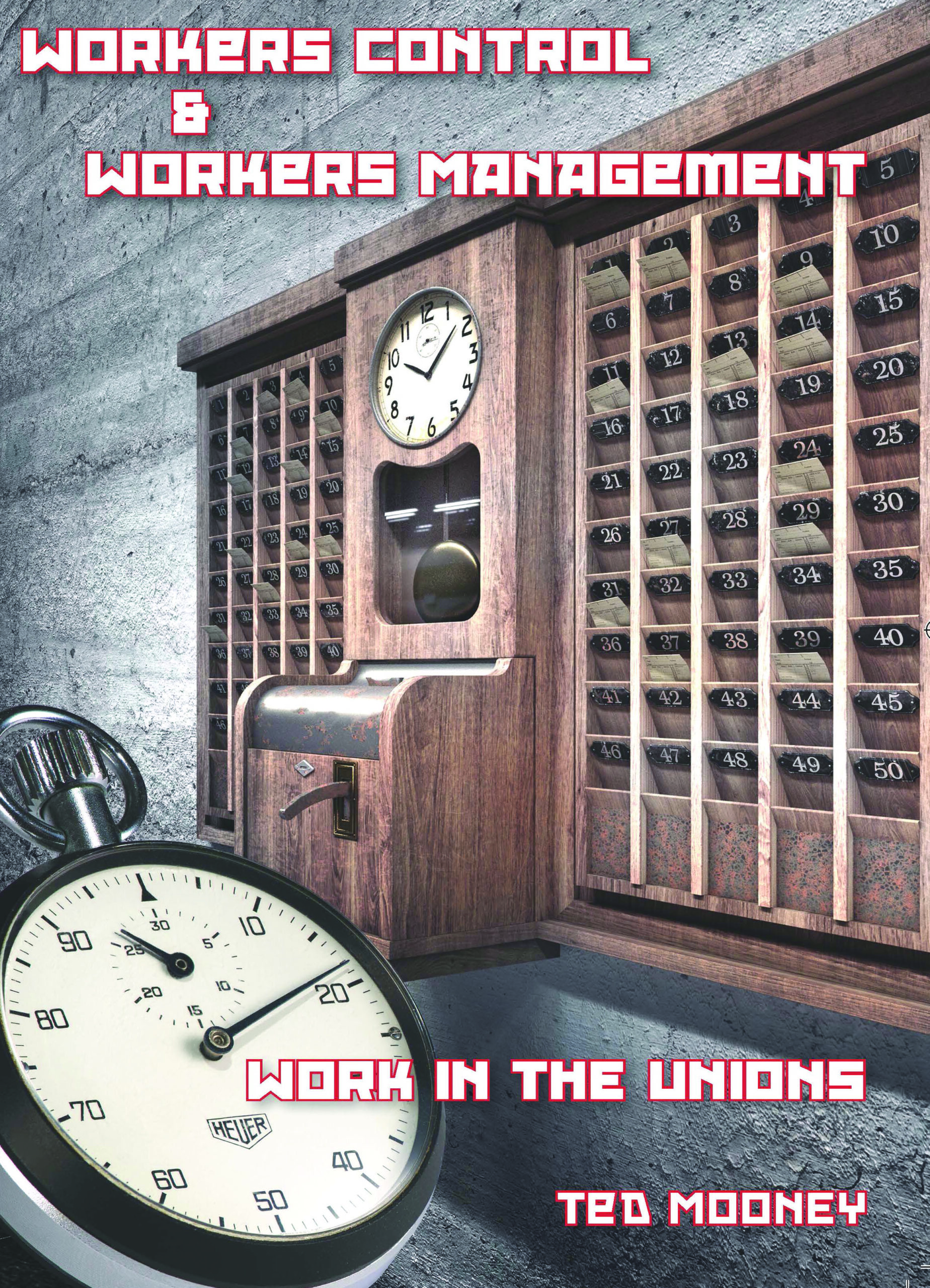Non-fiction: Workers control and workers management
Union bureaucracies, soviets and workers’ power
Connor Rosoman, Brighton Socialist Party
‘Workers control and workers management: work in the unions’ is the new book from Socialist Party member Ted Mooney.
Ted was a leader of the 1960 engineering apprentices’ strike, which 100,000 young workers took part in.
In the first of three sections, he discusses one of the socialist movement’s core challenges: workers’ control of their workplaces from below, and workers’ management of production from above.
In the Russian revolution, the soviets – democratic councils of workers, soldiers and peasants – provided an answer. This section explores Lenin’s “fluid” approach to the soviets, and the flexible role of workers’ control through these institutions in the fight to build workers’ states with full workers’ management.
However, Ted does not seek to predict the precise forms workers’ control and management will take in the future. He points out correctly that this will have to be decided democratically by working people themselves according to the situation facing them at the time.
Modern capitalist management techniques introduced ‘Taylorism’ and scientific approaches to increasing productivity and exploitation. Ted looks at what workers could take from this when drawing up a socialist plan to advance productivity further while eliminating exploitation.
This is followed by two case studies. The first is a reprint of a 1969 Militant pamphlet on the strikes at electrical company GEEC in Liverpool. Workers fought against mergers that risked closing factories and making 16,000 workers redundant in the name of ‘efficiency’.
Pilkington’s dispute
The second is an article from Militant International Review, forerunner of Socialism Today, from 1971. It covers the Pilkington Glass Corporation strike, and the disputes between the workers and their union bureaucracy.
In the course of the dispute, certain workers split to form a new union – in that context, a move that Militant criticised. Ted explains how the action of rank-and-file workers can beat right-wing union bureaucracies.
Throughout the book, Ted explains a clear, Marxist approach to trade unionism. This is especially relevant in today’s world, where socialists and growing layers of workers are struggling for fighting, democratic union leadership. This book provides many lessons that all socialists can benefit from.









